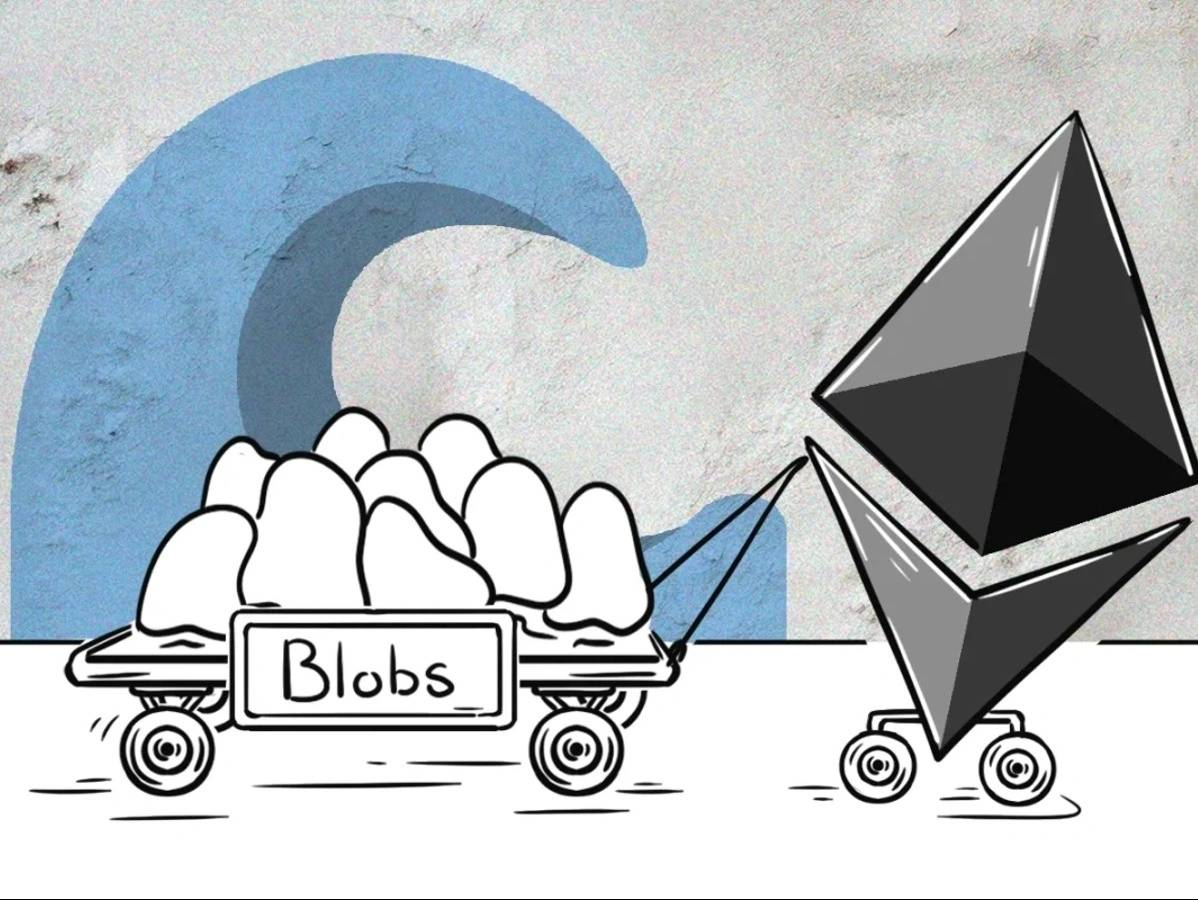Subscribe to wiki
Share wiki
Bookmark
Blobs
The Agent Tokenization Platform (ATP):Build autonomous agents with the Agent Development Kit (ADK)
Blobs
Blobs are a novel concept introduced by proto-danksharding(EIP-4844), which is the first upgrade in Ethereum’s sharding roadmap. These blobs serve as inexpensive and temporary memory that carry data related to transactions. Specifically, they are associated with blob-carrying transactions.[1]
Overview
Scalability has long been a challenge for the Ethereum network. Sharding, which involves splitting the network into smaller units (acting as smaller blockchains), aims to address this issue. However, sharding requires complex upgrades and carries risks if implemented all at once.
Instead of breaking the main Ethereum chains into their own mini-blockchains, rollups instead act as mini-blockchains that operate “on top” of the Ethereum Layer 1 (hence their term Layer 2).
Entering proto-danksharding (EIP-4844) introduces the concept of blobs without fully sharding the network and will provide a stop-gap solution until full data sharding in implemented impacting scalability:[6]
- Reduced Data Storage Work: Most fees on Layer 2 networks (such as Optimism) go toward storing data on Ethereum. With blobs, the effort required to maintain this data on the Ethereum network is significantly reduced.[1][3]
- Faster Processing and Lower Costs: By using blobs, Ethereum achieves faster transaction processing and cheaper costs.[1]
- Separate Fee Marketplaces: EIP-4844 creates two distinct fee marketplaces—one for Layer 1 execution and another for blobs. Fee for blobs doesn’t fit into the current Ethereum fee market.[4]
- Congestion Independence: During network congestion, fees for blobs remain unaffected, ensuring low fees even during peak times.[5]
Blobs are designed to make the verification of transactions more efficient. Instead of verifying each transaction in the block, the network will only have to confirm that the blob attached to the block carries the correct data. The transactions in these blob-carrying blocks will typically be related to Layer 2 networks, like Optimism, which stores data on Ethereum to share in its security guarantees.[1]
Blobs are persisted in beacon nodes, not in execution layer (e.g. in prysm, not in geth). Future sharding work only requires changes to the beacon node, enabling the execution layer to work on other initiatives in parallel.
The blob is incredibly attractive because it solves several multi-dimensional problems in a single network upgrade, creating not just a stopgap for Ethereum’s scaling but introducing a configuration with significant potential for underpinning the entire thesis of scaling.
Concept of Blobs in EIP-4844 (Proto-Danksharding)
In Ethereum's EIP-4844, a key element of the Ethereum Dencun Upgrade, the concept of 'blobs' is introduced to enhance network functionality.[2]
- Blobs : Blobs are large data packets, integrated into Ethereum's blockchain to optimize data handling and storage.
- Blob Size: Each blob is about 125 kB. This size allows for more substantial data handling than standard Ethereum transactions.
- Storage Method: Using KZG crypto[3]graphic commitments, blobs are store[1]d efficiently, offering a cost-effective solution for data storage on the Ethereum network.
- Role in Ethereum: Blobs are primarily beneficial for Layer 2 rollup solutions, aiming to reduce transaction costs and lighten network load, thus boosting Ethereum's scalability. Rollups will be able to use blobs to store their transaction data. This will free up space on the Ethereum main chain and allow rollups to process more transactions at a lower cost. EIP-4844 introduces a new fee market for blobs.
- EVM Accessibility: The data in blobs differs from standard Ethereum transactions, as it's not directly accessible by the Ethereum Virtual Machine (EVM), highlighting their specialized role in data storage within the Ethereum ecosystem.
See something wrong?
The Agent Tokenization Platform (ATP):Build autonomous agents with the Agent Development Kit (ADK)
